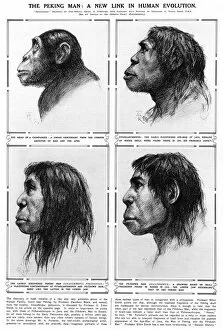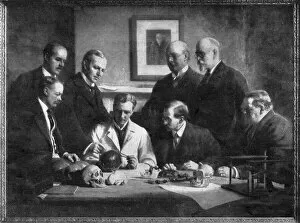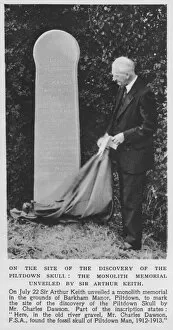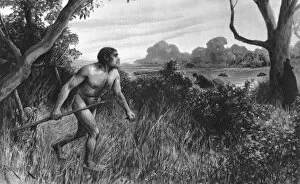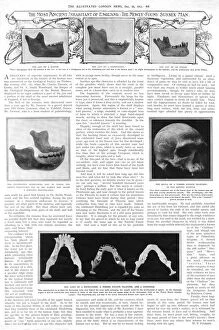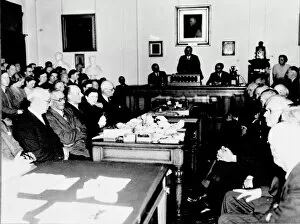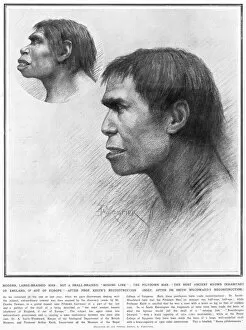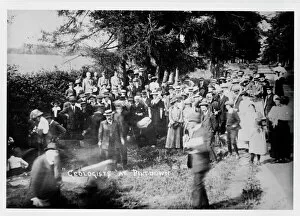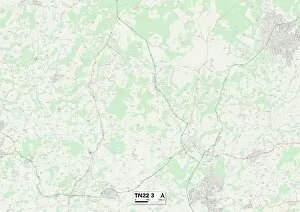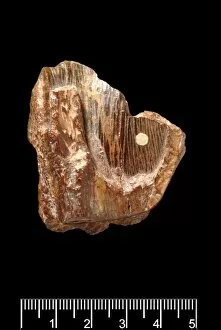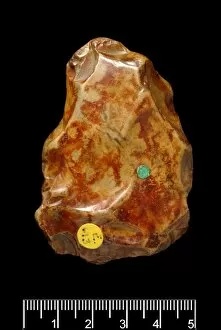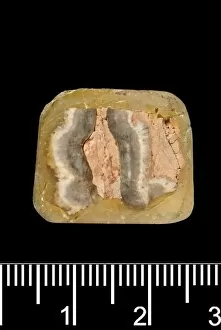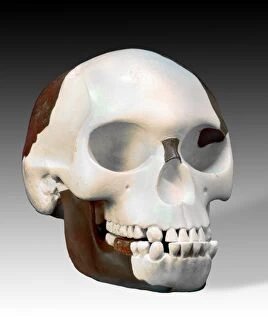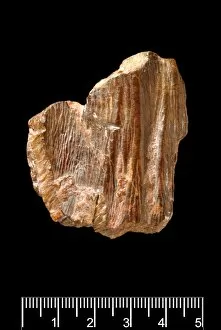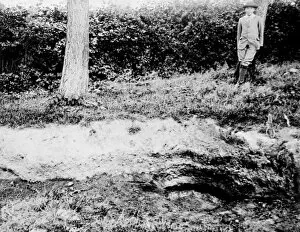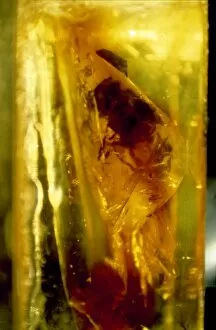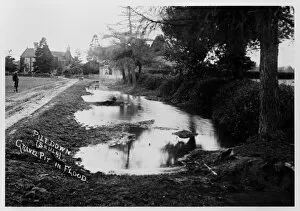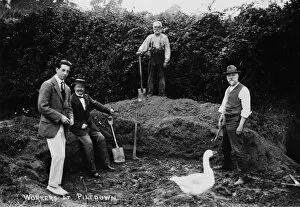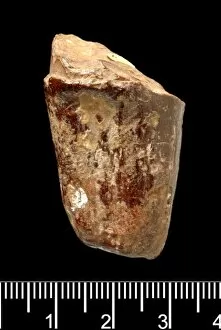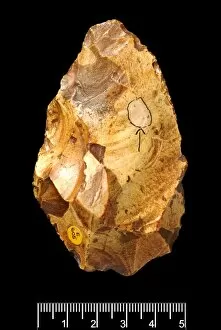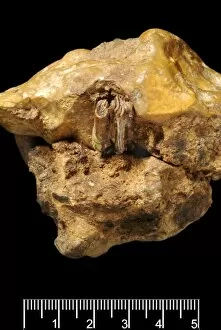Piltdown Collection
"Piltdown: Unraveling the Enigma of Human Evolution" In 1912, a groundbreaking discovery shook the scientific community - Piltdown Man
For sale as Licensed Images
Choose your image, Select your licence and Download the media
"Piltdown: Unraveling the Enigma of Human Evolution" In 1912, a groundbreaking discovery shook the scientific community - Piltdown Man, a fossilized skull found in England's Wealden region. Believed to be the missing link between apes and humans, this find sparked immense curiosity and debate. Fast forward to 1938, where a memorial was erected to commemorate this significant archaeological milestone. The Piltdown Man Memorial stood as a testament to our ever-evolving understanding of human evolution. One prominent figure in unraveling the mystery behind Piltdown was John Cooke. His insightful discussion on the Piltdown skull shed light on its authenticity or lack thereof. Little did they know at that time that it would become one of history's most infamous hoaxes. The forgery meeting held regarding Piltdown exposed an elaborate deception orchestrated by an unknown perpetrator. As geologists delved deeper into their investigations at Piltdown, doubts began to arise about its legitimacy. Despite these revelations, scientists continued reconstructing what they believed were accurate representations Man's appearance using clay models. These reconstructions aimed to provide visual insight into our ancient ancestor's face and features. Comparisons between reconstructed skulls further fueled discussions surrounding this enigmatic figure in human evolution. Experts sought answers within the layers of history embedded in Wealden TN22 3 Map – hoping for clues hidden beneath its surface. Ultimately, Peking Man emerged as a new link in human evolution – overshadowing the once-celebrated but now discredited story Man. This revelation forced us to reevaluate our understanding and challenged long-held beliefs about our origins. Today, we look back at the tale with both fascination and caution – reminding ourselves that even science can fall prey to deceitful manipulations. It serves as a reminder that skepticism is crucial for progress while emphasizing how far we've come since those days when "the most ancient inhabitant of England" held the scientific world in its grip.

